Coming from The Weekly? Click here to keep reading where you left off.
Pricing is very difficult. Data collection, order flow, differential calculus. Is your temperature rising yet? Pricing for consistent profit in this world is tough.
We’ve written about cheap t-shirts making customers into monsters before. The best clients don’t haggle over a few bucks.
In this newsletter we break down some of the most common pricing mistakes – and how to avoid them.
- Copying a price sheet
- Trying to be the cheapest
- Overestimating productivity
- Using arbitrary price breaks
- And a hidden element that lots of shops miss..
Small improvements can dramatically impact your bottom line. Most customers will not notice a $0.15 per shirt price increase. But your accountant will.
Copying a price sheet
The story goes something like this. Someone starts a small printing business and publishes their price sheet. The owner has not given these prices any thought. They’re just nice round numbers that correspond to case sizes.
A few months later, a competitor comes along and sees these prices. They decide to chop fifty cents off the price. Then they publish that list. They steal all of the customers.
Then five years pass.
Both print shops have long since gone out of business. But for some reason their price lists have stuck around on local search results.
When you search for screen printing in that area, you notice everyone’s price lists look suspiciously similar.
If you didn’t know any better, you’d think that every print shop in town has based their pricing off some hare-brained list that a total joker cooked up in their basement one evening.
I wish this story was exaggerated. But it isn’t. It’s the reality for a lot of small towns and print shops…and even some big ones.
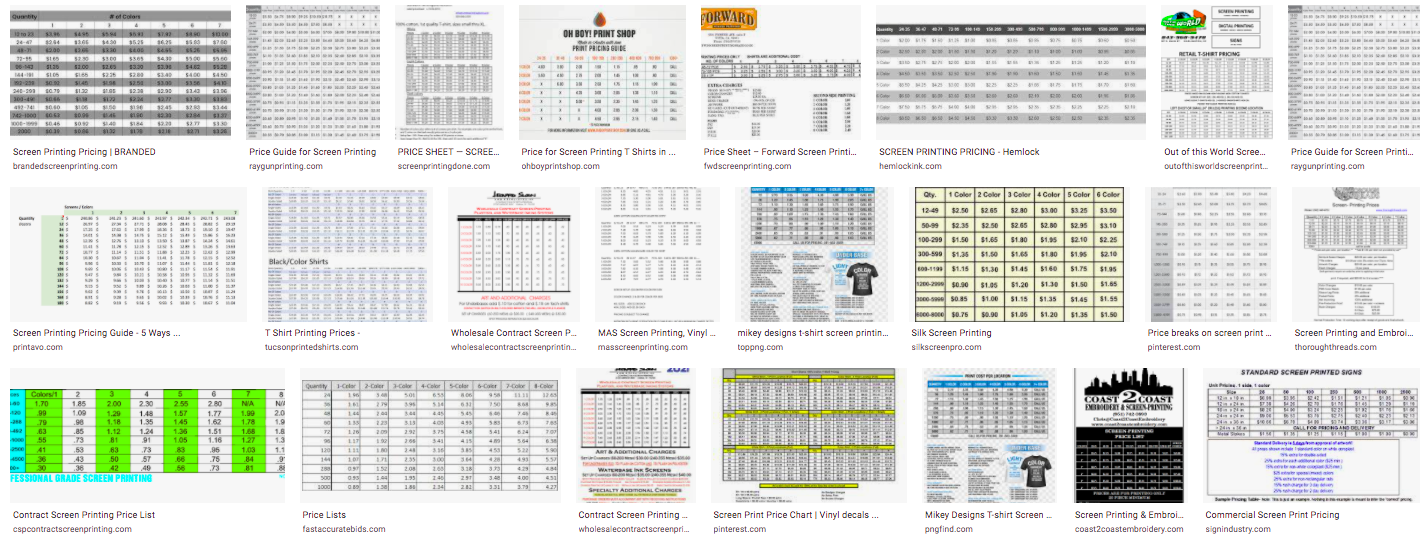
So what’s wrong with copying your competitor’s price sheet?
Your shop’s overhead and fixed costs are unique. It takes your shop a unique amount of time to do one unique job. Another shop might be much slower. Or much faster. Even a reprint of the same job could vary significantly. Your pricing needs to be focused on the financial and business niche that your shop is in.
More important: your prices reflect your values. Don’t like printing certain jobs? Raise the price. Love other jobs and clients? Lower their price. Prices can move your business forward.
Don’t let another shop do your homework for you. Some shops post bogus “sabotage” price matrices to confuse other businesses. Yes, really!
Trying to be the cheapest
We’ve discussed Xinjiang province on The Weekly before. I don’t know what the cheapest print shop in the world is, but I’d wager it’s one there. Unfortunately, the word “sweatshop” comes to mind.
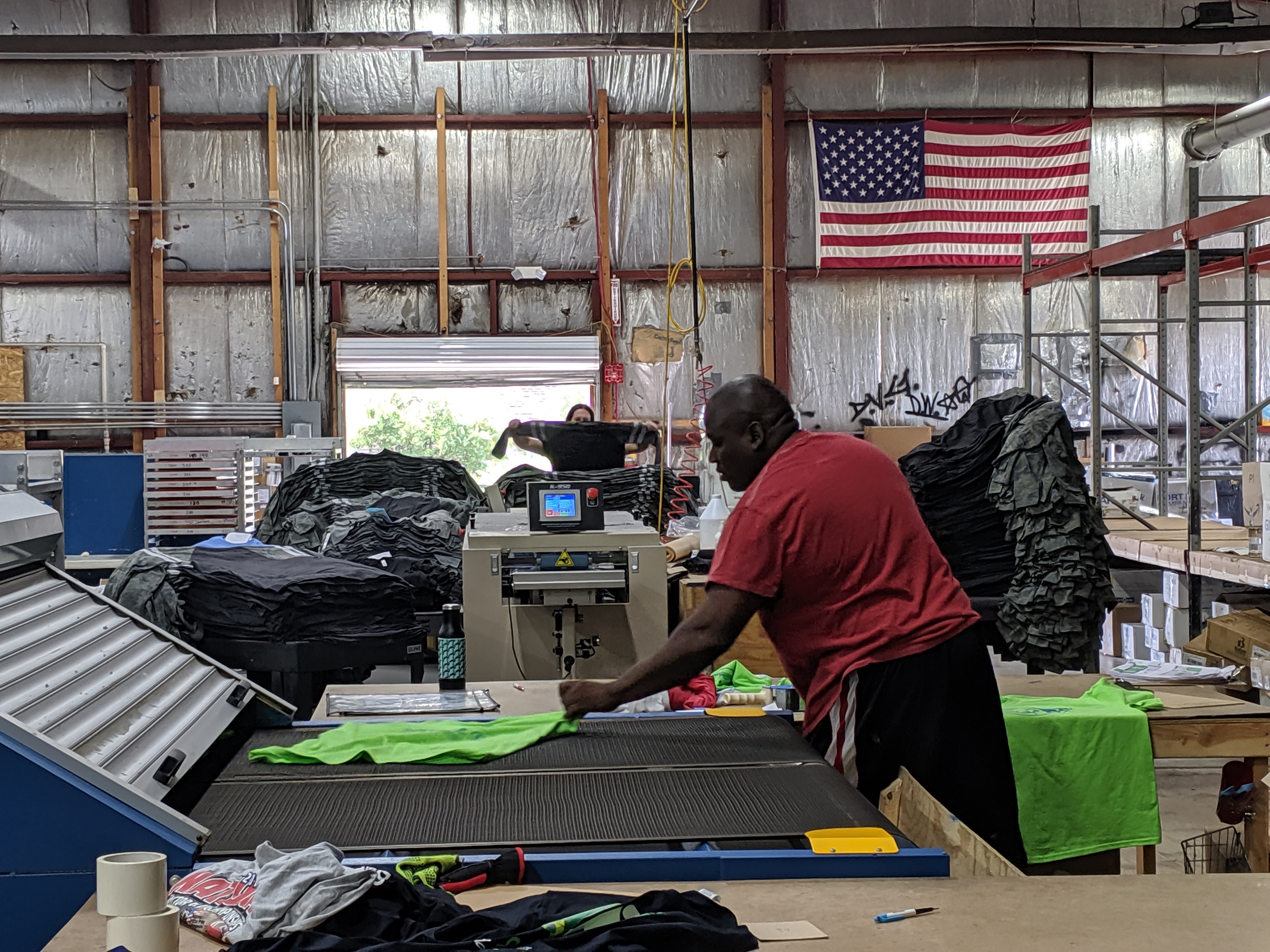
Racing to the bottom on pricing is no way to compete. Do you want to work in a sweatshop? Probably not.
Overly cost-conscious customers are some of your worst. They’re likely low-volume and require a lot of service. Cultivating a customer base that will pull the trigger on your prices solely because they’re the lowest is a sure-fire way to attract a bunch of slimy characters and shady dealers.
So don’t race to the bottom. Competition there is fierce. People who have advanced degrees and tons of experience honing in on the most efficient process possible are your competition: think Nike halving its production time in 2017, not the shop down the road.
Overestimating productivity
Let’s think of a print shop that’s open 8 hours a day.
Some days they print almost the entire day.
If we built a price matrix based on overhead, we might assume they print for 8 hours a day. Uninterrupted. Every day.
This is the utilization trap.
The shop will price a job that takes 3 hours to print using their new matrix. Just divide overhead into working days, then over 3 hours. Right? And that job, conveniently, takes 3 hours of capacity – leaving us with 5 whole hours to print that day!
Boom – 3 hours at the shop’s hourly rate. Easy peasy.
The problem with this sort of calculation is that it doesn’t factor in utilization.
It’s very expensive to assume 8 hours of utilization every day.
The most effectively utilized shops hover around 30% utilization. It’s rare for any shop to get beyond that level of utilization without significant automation (and a litany of other factors).
Downtime is inevitable given the ebb and flow of custom orders. 30% of 8 hours equates to 2.4 hours per day of truly effective utilization of the shop’s productive capacity.
Most shops don’t reach 30% utilization. At Printavo, we think the industry average might be closer to 15% utilization. This isn’t bad. It’s just a reality in the shop. Another way to put this: most print shops spend about 70% of their time doing things that aren’t printing.
Prices should reflect this. That 3 hour job likely occupies the shop for 70%+ more time than estimated. We’ll explain why in the next section.
Underestimating administrative burden: the hidden cost
Using overhead and time to estimate price leads to a distorted picture. The hidden costs are found in administrative costs.
Administrative costs are like a fixed cost for a print shop. For every X hours printing, you’ll need to spend Y hours administering jobs. Even if your system is very efficient, there’s administrative overhead associated with printing.
What is administrative overhead?
Literally anything involved with administering a job:
- Sales
- Art
- Ordering
- Intake
- Fulfillment
- Quality Assurance
- Tagging and Bagging
- ..and so on
These are activities that are necessary to get the job out the door. But they’re not charged directly to the customer.
Your prices must include a comfortable and realistic estimate of the burden of administration. It’s the hidden factor that diminishes your utilization.
Sure, that job only takes 3 hours to print.
But it took the sales team 3 hours to land it. Approvals took another hour. Then ordering required nearly 4 hours of research to procure specialized garments and hats. And getting payment required haggling for 30 minutes over a last-minute detail.
The bottom line: that job occupied your shop for a long longer than 3 hours.
Don’t rely on quantity-based price breaks
Why, exactly, do print shops offer price breaks on arbitrary quantities?
Supposedly, the story goes, the price tiers incentivize customers to order larger and more profitable quantities.
But what really happens is that customers order more – but it doesn’t actually help your business. They start thinking about the prices and find ways to order amounts that don’t really make sense. Some customers are overcharged and others are undercharged. Your profit margins are inconsistent.
So here’s our argument. There isn’t really a reason to offer arbitrary quantity-based discounts.
Instead, use breakless pricing.
Every single quantity from 1 to 1 million gets its own unique price. If you try our price matrix generator, you’ll see that there’s actually a plateau – it varies from shop to shop – but once you reach a certain quantity, your prices can only go so low.
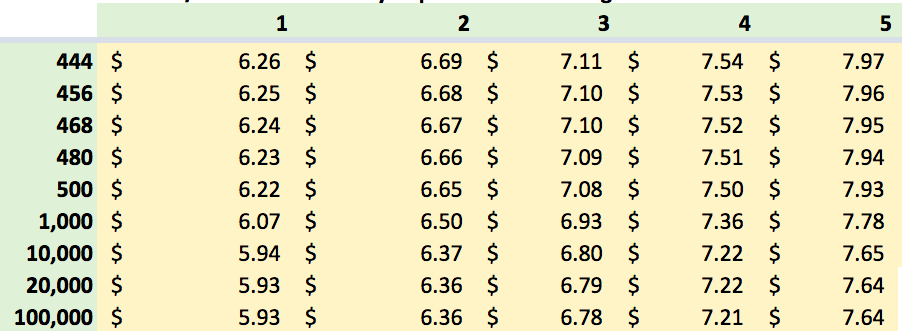
If you build the wrong price matrix, you might overshoot your minimum price and wind up printing thousands of shirts far below the actual cost your shop can handle.
Get more help: try our screen printing pricing matrix
We know how tough pricing your work is. So we built this price matrix generator to help.
You put in your shop’s unique overhead and it generates a custom matrix you can use right from Printavo.
Still confused about pricing? Shoot us an email and we’ll do the best we can to help you out.
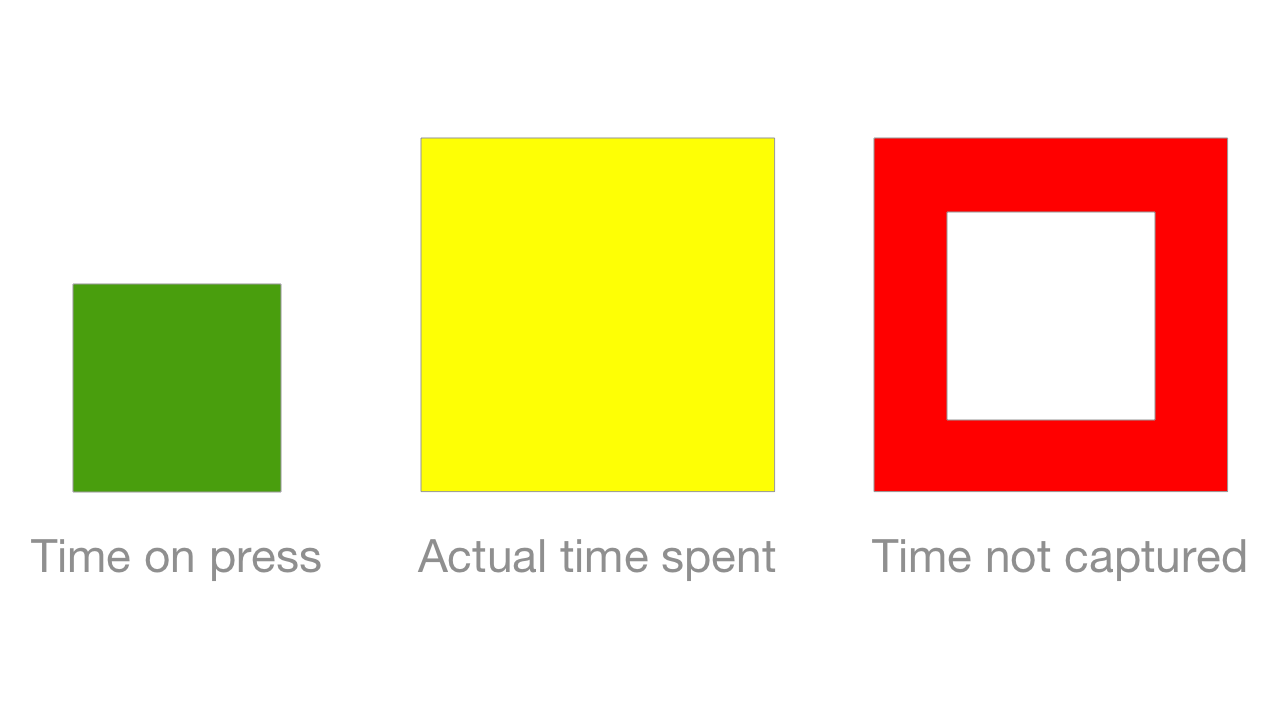
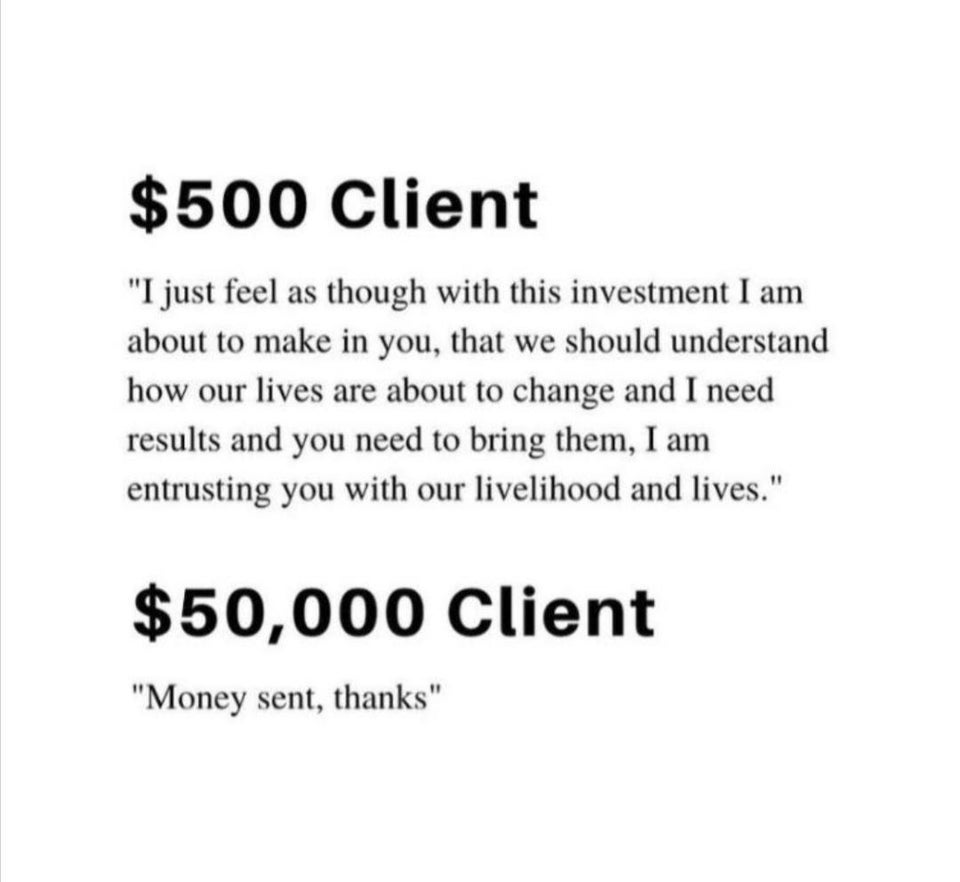
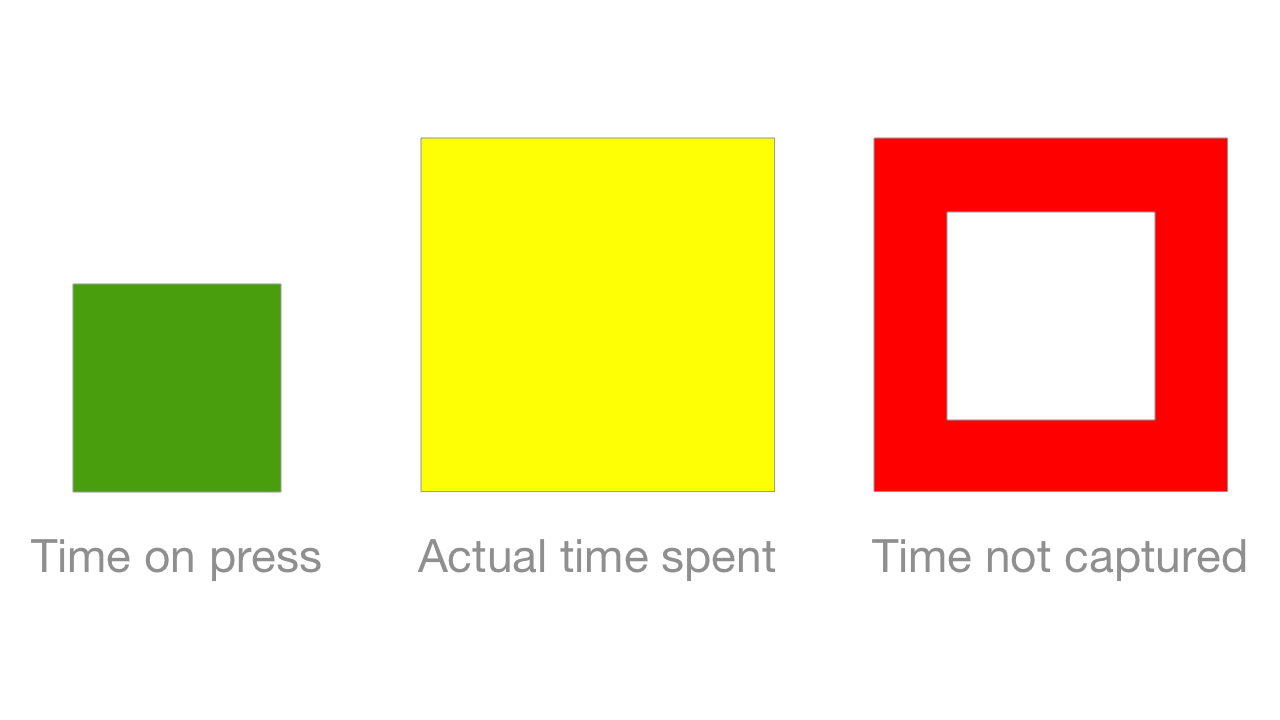
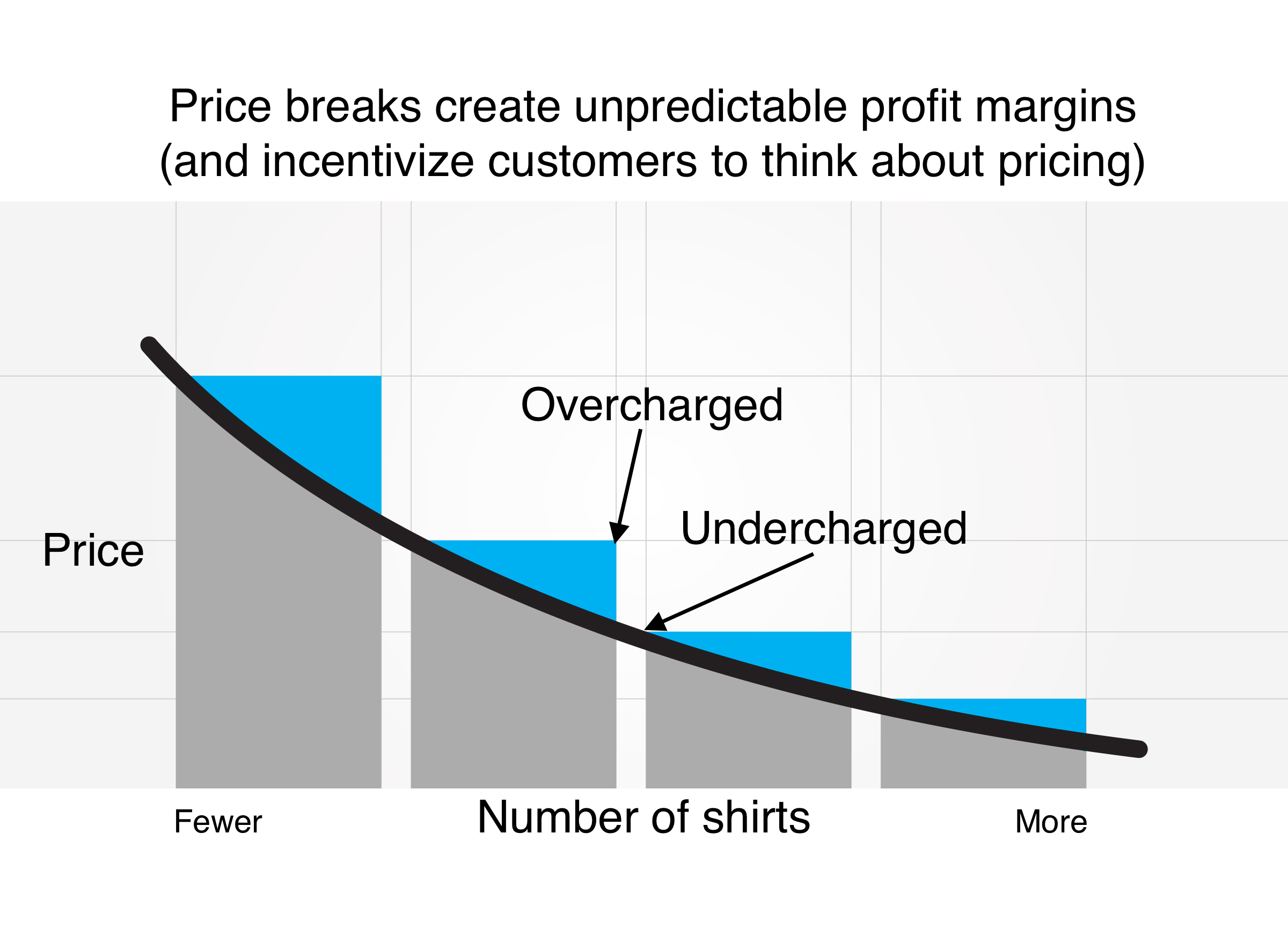
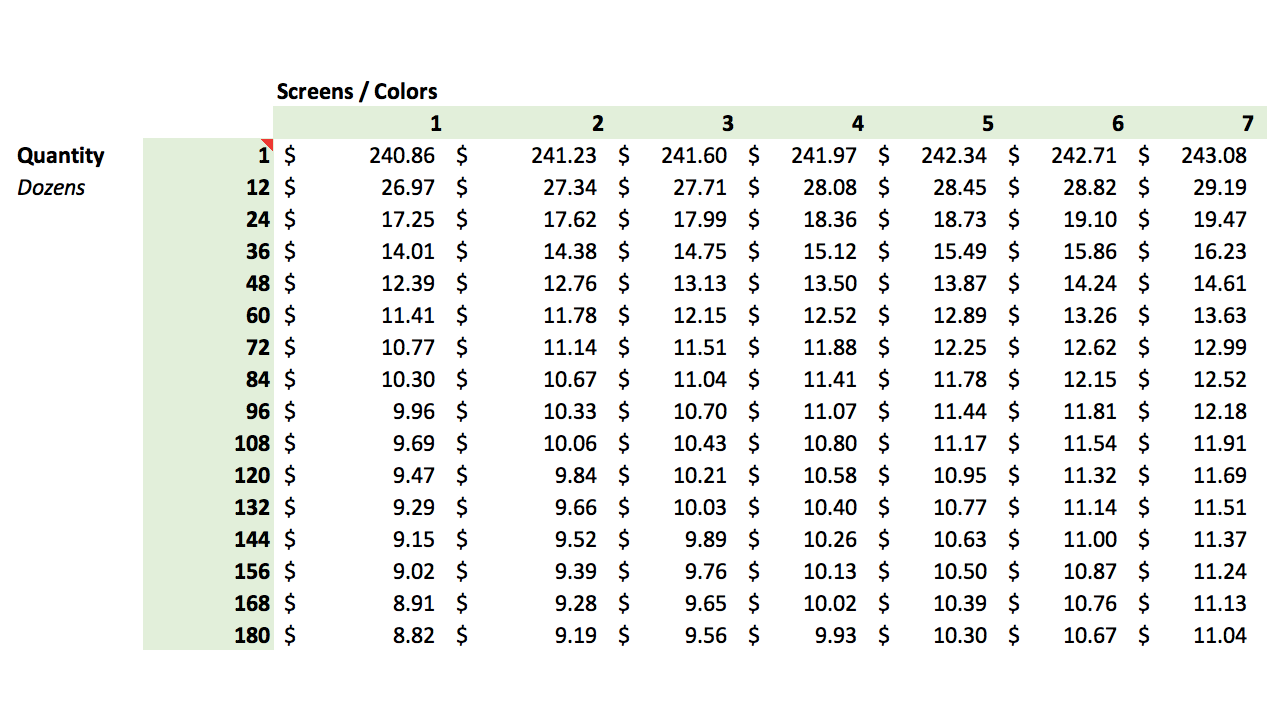

0 Comments